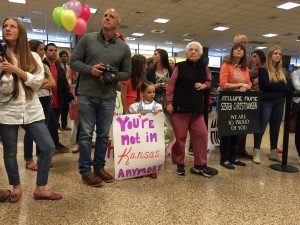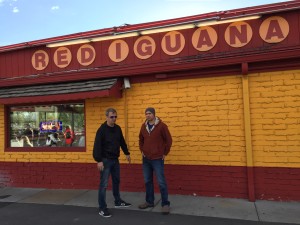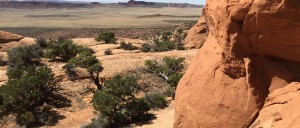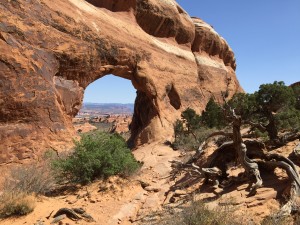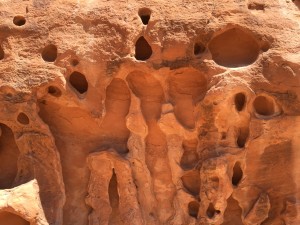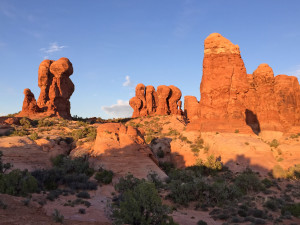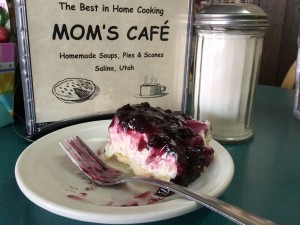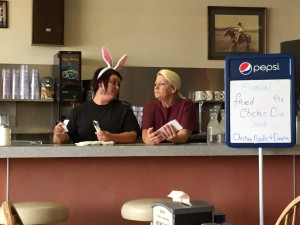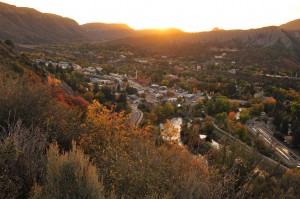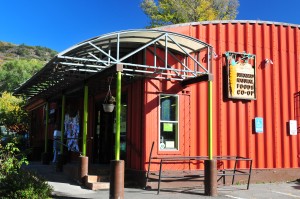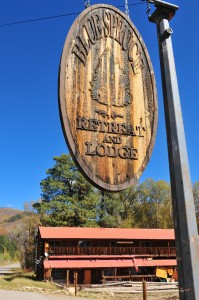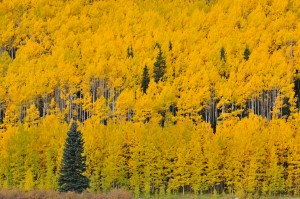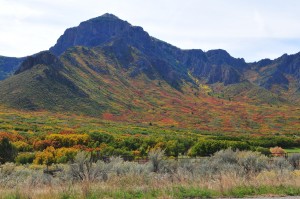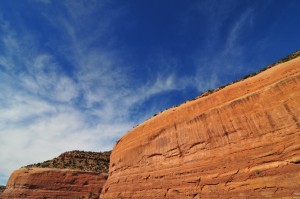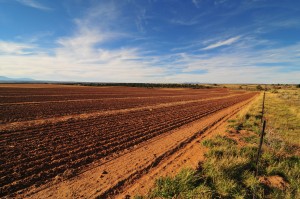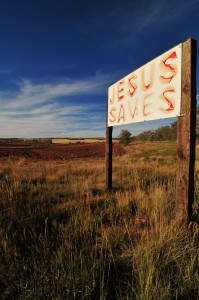A few key components of this week’s quasi midlife crisis road trip:
1. Good friends (Elder John and Old Man Kelly).
2. Minimal packing and little to no planning.
3. A surreal arrival at our starting point (in this case, Salt Lake City Int’l, where hundreds of LDS members had gathered to welcome back returning missionaries).
4. Waiting more than 30 minutes to eat Mexican food at a decent but decidedly overhyped SLC restaurant.
5. Graying manes blowing in the wind from a 435 horsepower Ford Mustang convertible (careful for sunburned balding spots).
6. Listening, unabashedly, to horribly antiquated music like the Grateful Dead and Jane’s Addiction while realizing that college occurred in a previous century.
7. A place of pilgrimage (in this case, Arches National Park) that provides plenty of silence and space to push pause, look around as far as you can see, and feel deeply alive.
8. Seeing the sunset in said place of pilgrimage with said good friends and a bottle of Laphroaig.
9. Exhausting all supplies of tiger balm the morning after a 28-mile mountain bike ride, collectively cursing the aging process, and then gaining immediate consensus to see Moab’s Fisher Towers from the car – rather than hike out to them as originally discussed – while driving the Upper Colorado River Scenic Byway.
10. Veering off the highway en route to SLC and stumbling upon Mom’s Café in Salina (a classic roadside diner lauded everywhere, it turns out, from Sunset to National Geographic), and capping off the trip with a slice of sour cream and blueberry pie that, all by itself, was worth traveling to Utah for.

